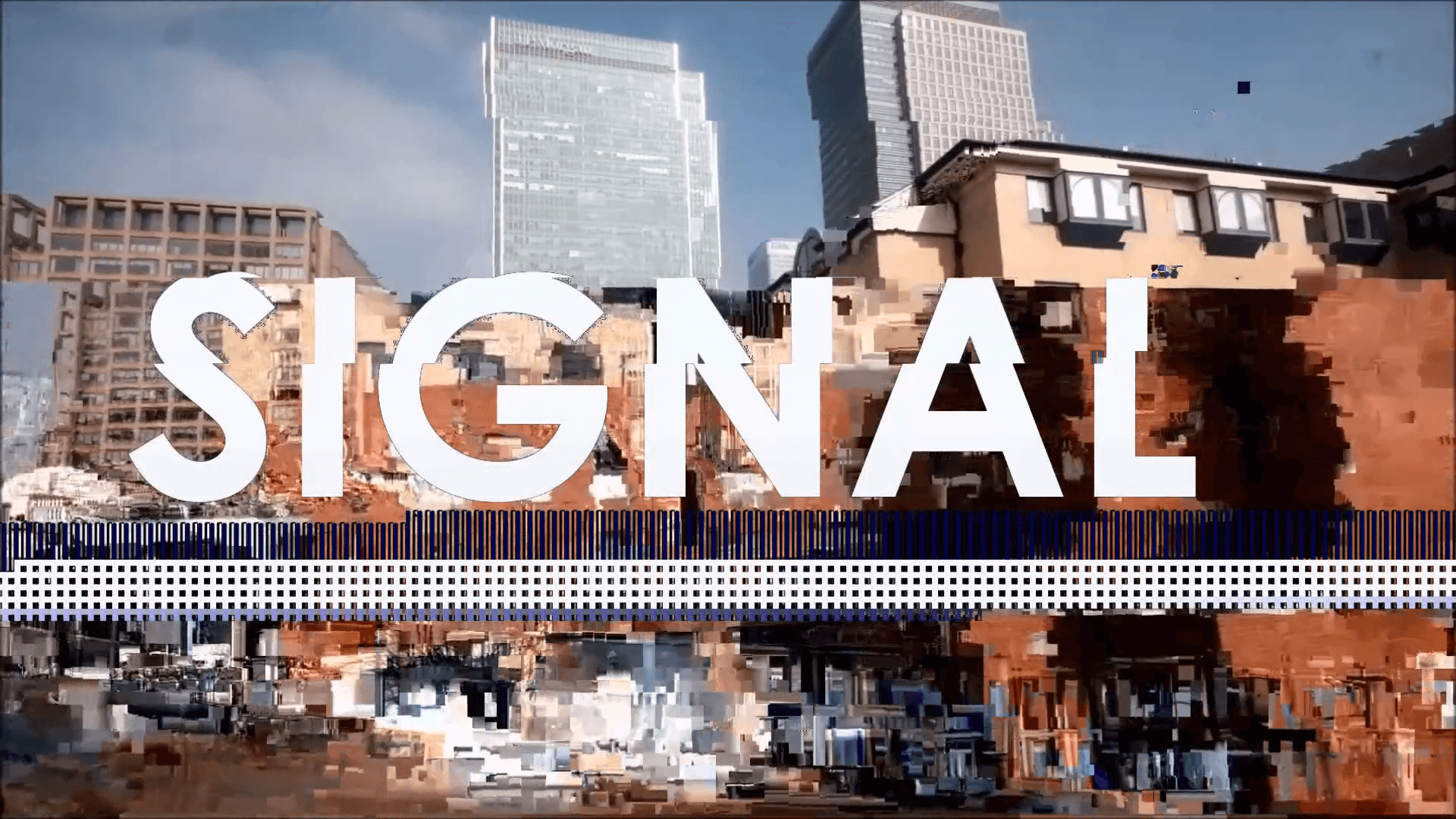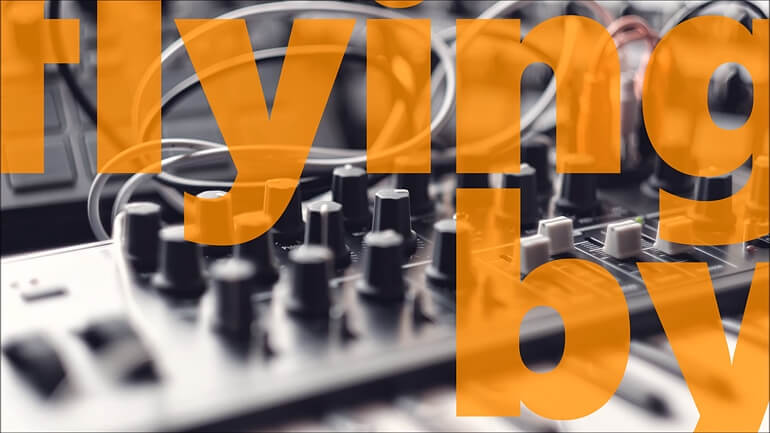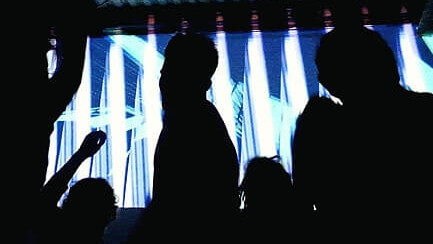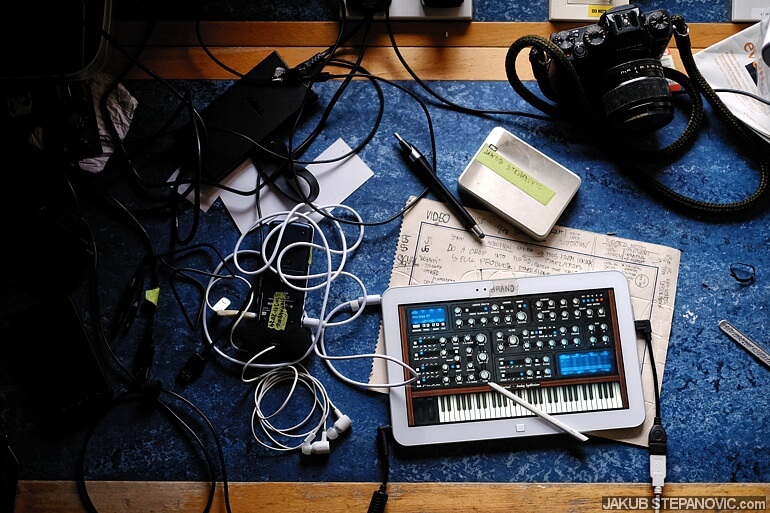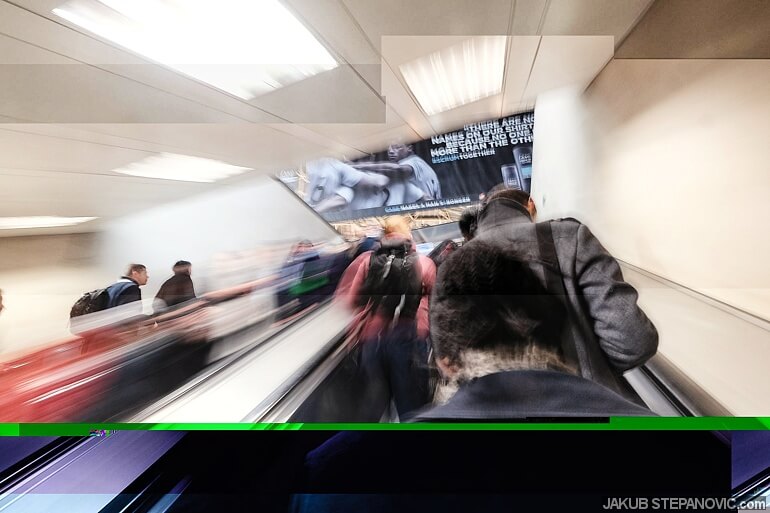SIGNAL (2016): a journey of noise-appreciation.
Noise is often described as an unwanted racket. But like many things, it depends on perspective. I started to reinvent my stance towards it when I became interested in the architecture of large industrial complexes. Slowly, I learned how these temples of work transformed cities and cultures in general. A significant leap forward was an opportunity to spend a day in a foundry. I found strange visual beauty while getting a hands-on addition to the theory. It fueled my interest, so it wasn't the last industrial site I visited. Suddenly, most of my photography and paintings featured factories, power plants, smokestacks. And it didn't end there; these facilities opened a previously unknown world of audio compositions to me, which felt just as attractive as the visuals.
I started seeking these symphonies; industrial developments were perfect for those concerts. Strolling around freight railway terminals to listen to the raw noises of moving wagons, getting on a roof of a forge to experience dark rumbling sounds of smashing steel, or sitting next to massive vents coming from a coal-fired boiler that echoed like organ pipes.
Just like that, my taste in music converted as well. I discovered musicians who incorporated recordings of such industrial sounds into their production, and eventually, I got into synthetic noises too. Suddenly, the noise wasn't a disturbance; it was a medium, an instrument.
All that resulted in a good-sized desire to create something of this matter. The idea that I could orchestrate noises hands-on followed me for some years until the fall of 2016, when I finally took a step ahead. I got a freeware virtual synthesizer, started to press buttons, turn knobs, and soon preoccupied myself with a layer of audio mayhem. Sweet!
Roughly at the same time, I learned that it is possible to convert any electronic file into sound waves. It can be a .pdf, an excel sheet, but more importantly, an image or a video. Then, one can edit it as if they'll edit a song. This causes a change of the original file (which fundamentally is not a sound) and corrupts the file. When the corruption occurs in image data, it can result in a change of colors, blur, artefacts of noise... something most users would like to avoid – unless one does all that on purpose. The timing couldn't be better, as this visual noise works hand in hand with the audio noises. It was a new world for me, and I enjoyed the trial and error of experiments and producing deformed graphics.
Meanwhile, I was thinking about loads of information required to decode things properly, and the project "SIGNAL" was born.
The video is mostly from footage I captured in London when I lived there. I noticed a pattern of a suppressed individuality across the city, which ultimately triggered the idea that the human beings within a metropolis possess some similarities with the wireless signals which surround them – their importance is tremendous as a unit of hundreds or thousands, but it nearly vanishes when split into isolated cases. The people leave housing estates to commute to work like the data leave transmitters to receivers. Both units can create values like they can get lost along the way, confuse, and break. Merged aspects of the metropole's achievements and vanity can overwhelm, but no matter overdose of sensations, the machinery of productivity goes on.
Audio-wise, I accompanied the synths sounds with recordings of various sounds across the city. I also sampled a part of Saul Williams' poem "Gunshots By Computer," to complement the story.
